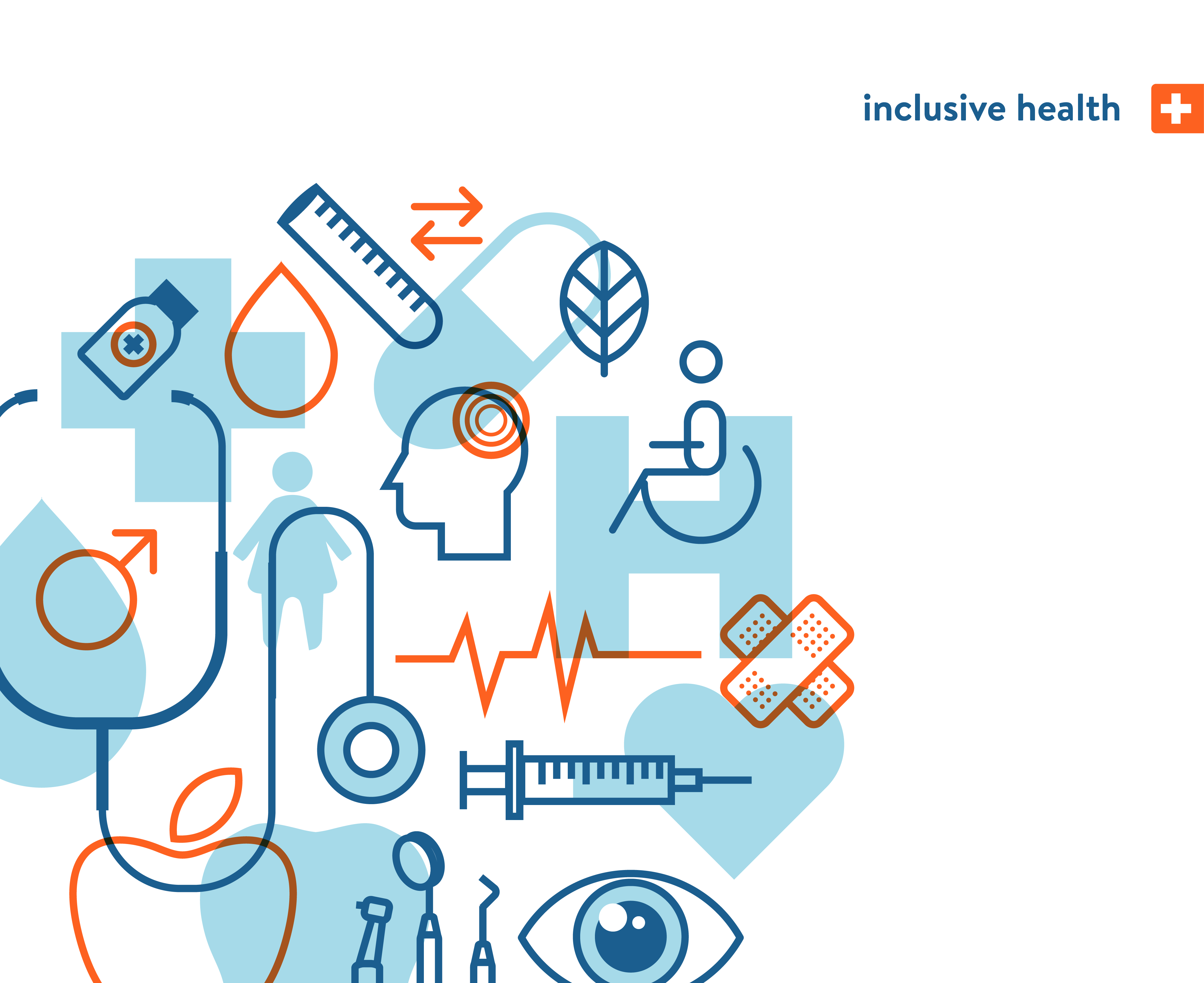Guidelines from Special Olympics on caring for patients with intellectual and developmental disabilities
Approximately 6.5 million people in the U.S. have an intellectual disability, according to Special Olympics. Formerly known as mental retardation, intellectual disability is the most common developmental disability. Three of the best-known intellectual and developmental disabilities (IDD) are Down syndrome, autism, and traumatic brain injury.
A person with a disability is not inherently unhealthy, however, people with IDD do have poorer health than the general population. Globally, on a team of 10 Special Olympics athletes, an average of four need eyeglasses and two have eye diseases such as glaucoma; six have significant problems with flexibility and five with strength, placing them at risk for injury; and six are overweight or obese, increasing their risk for chronic health conditions.
People with disabilities suffer poorer health than the general public because of reduced access to quality care, and limited cognitive functioning can hinder their communication with doctors.
IDD also limits a person’s cognitive functioning and skills, including communication, social, and self-care skills. This is especially problematic when communicating with doctors. Special Olympics has developed a toolkit for health care providers to help them better care for patients with IDD. Here are some key points.
Lack of provider training a key factor in health disparities
“People with intellectual disabilities are at increased risk for poor health outcomes and health disparities,” according to Special Olympics. A U.K. study found that people with intellectual disabilities are twice as likely to die before age 50 than the general population. A key factor in health disparities—and one that can be rectified—is the lack of health care provider training on how to interact with patients with disabilities. The organization also notes that “mainstream clinical guidelines do not address the unique concerns of patients with intellectual disabilities.”
[bctt tweet=”A key factor in health disparities—and one that can be rectified—is the lack of health care provider training on how to interact with patients with disabilities. ” username=”goRendia”]
Special Olympics’ toolkit for health care providers addresses issues such as scheduling appointments and communicating effectively with patients with IDD.
Special Olympics’ Center for Inclusive Health website and IDD toolkit for health care providers is intended to address these gaps. Developed by the Canadian Developmental Disabilities Primary Care Initiative and adapted for U.S. practice by the Vanderbilt Kennedy University Center on Developmental Disabilities, the tools are divided into different sections focusing on some specific issues and best practices for doctors providing care to this underserved population. For instance:
Office organizational tips
- When any new patient makes an appointment, encourage office staff to ask if the patient has any special needs so that the practice can be prepared.
- Meet with office staff to discuss office organization and possible accommodations for visits by specific patients with IDD. (For a related post, see How to Improve Accessibility for Patients With Visual Impairments)
- Prior to the appointment, assess the physical access to the office and equipment required for those patients who use a wheelchair or have mobility issues.
- Schedule appointments to minimize wait time, as waiting can be difficult for some patients with IDD. (For a related post, see Three Ways to Improve Your Waiting Room for Patients)
Communicating effectively during the visit
- Communication difficulties are more likely in people with IDD that directly affects speech, hearing, or sight; however, don’t assume a communication barrier exists unless the patient, a family member, or other caregiver tells you so.
- Differences in muscle tone for some patients may affect their facial expressions or body language; again, don’t make assumptions about what they are thinking or feeling.
- Involving caregivers who know the patient well may help you to better understand their experiences. However, as much as possible, speak to the patient and not just the caregiver.
- Be aware that the visit will likely take more time than other patient appointments.
- Use visual aids. Simple diagrams, pictures, and video can help explain medical concepts to all patients, not just those with IDD.
- Use clear, direct language, not medical jargon. Again, this is a good idea for all patients. (For more on this topic, see Do’s and Don’ts for Effective Doctor-Patient Communication)
“Your goal should be to treat people with disabilities just as you would other patients while respecting any disability-related needs those patients may have,” stated the Vanderbilt Kennedy Center.
Treating patients with IDD with respect and understanding
The odds of your practice encountering a patient with IDD are high, given that many families care for a person who has an intellectual or developmental disability, whether a child, an adult child who lives at home, or even an adult sibling.
While 85 percent of people with IDD are only mildly impaired, they are often treated differently by the general public, and even by health care professionals. People might speak too loudly to a person with IDD, assuming hearing loss, treat adults like children, or speak to their parents or caregivers and not directly to the person with IDD.
“It is both unjust and tragic that people with intellectual and developmental differences all over the world receive substandard health care,” said Timothy Shriver, Ph.D., Chairman of Special Olympics, in a video calling for treating patients with IDD with respect and understanding. “We hope that…the needs of people with intellectual and developmental differences will be seen not as burdens, but as gifts—gifts to be recognized and treated and cared for by every health care practitioner in the world.”


